Or a photo montage of DMZ and my 2009 New York Vacation
One of the formative components of comic books is setting. Background art and setting give comics an important sense of place and provide narrative context that grounds the story in all kinds of intangible and difficult to explain ways (which is to say a story set on Mars is very different than a story set in Gotham). At the best of times, this background involvement in the narrative can become so important to the story that it is functionally a character in the story. In the case of DMZ I would argue that setting is not only a character in the story, but is an essential component of the comic's theme.
DMZ is the story of a modern US civil war complete that viscerally portrays all the hellish realities of modern warfare. It's violent, chaotic, and a profoundly tension filled comic with an important message to those of us who live in our cushy first world homes and have never experienced what war is first hand. DMZ tells us that one of the biggest costs of war, one I think we under appreciate, is the suffering experienced by civillian populations. And the way DMZ uses setting to provide the context we need to understand this message is really smart.
One of the key problems in understanding the cost of war in other places around the world is that we don't have a great understanding of what life is like there. Like... in medicine, to interpret changes in health that might be caused by disease doctors have to have a baseline idea of health. For example, to tell if a mole is growing alarmingly, or has always been giant and hairy, doctors and patients need to know something about the history of the mole. When it comes to wars abroad, I don't think we accurate enough ideas of what baseline life looks like for places like Iraq or Somalia, and therefore its hard to tell if the changes we see from violence are dramatic, or mild, or maybe even improving things. We lack accurate context and experience with the locations of our modern wars. And to overcome this shortcoming DMZ uses a familiar setting to create this essential context.
DMZ is set in the Demilitarized Zone of Manhattan Island, caught between the entrenched Free States Army in New Jersey and the camp of the US Army located in Brooklyn. Thus the setting of the comic is basically a wartorn modern Manhattan in New York City. Now, Manhattan is probably the most familiar place in North America. It lives in our media like no other place on Earth. It is in our movies, it is the setting of a huge amount of our television programs, and it is the setting of many of our favourite comic book stories. It has this perfect synergy of population, affluence, iconic architecture, and cultural diversity that makes it a terrific microcosm for America and recognizable as hell. We all instantly recognize the New York skyline; the Empire State, the Chrysler Building, Central Park, the Island itself. We know what this place SHOULD look like, what life there resembles, and therefore we can understand the toll war takes on it. And using this familiarity to demonstrate what happens to a place caught in a war is absolutely brilliant.
Incidentally, Manhattan is also a place I have been, just for a little over a week, and seeing some of these places I have actually visited torn about by violence was particularly effecting. DMZ is a comic well worth checking out.

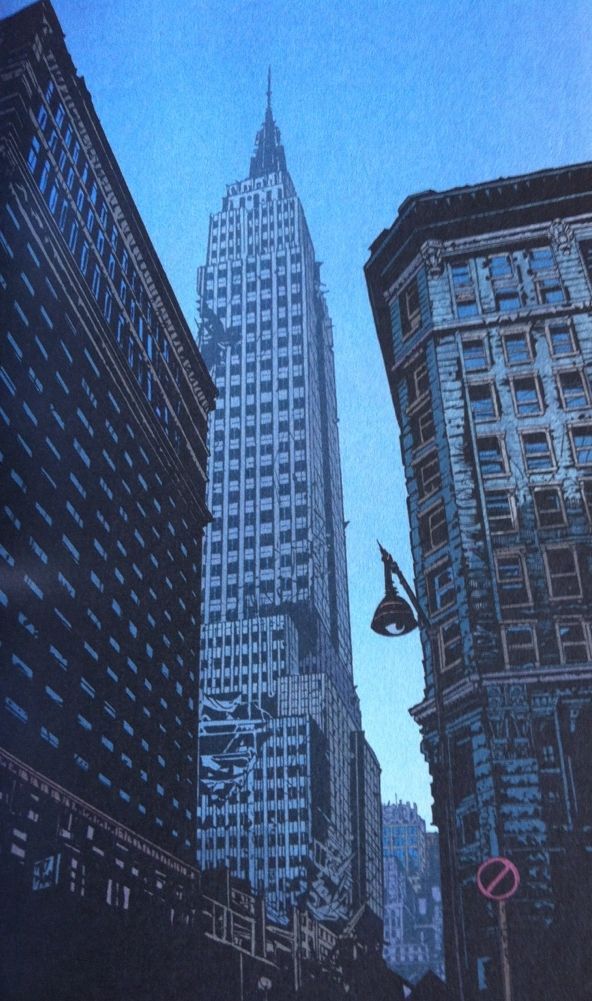

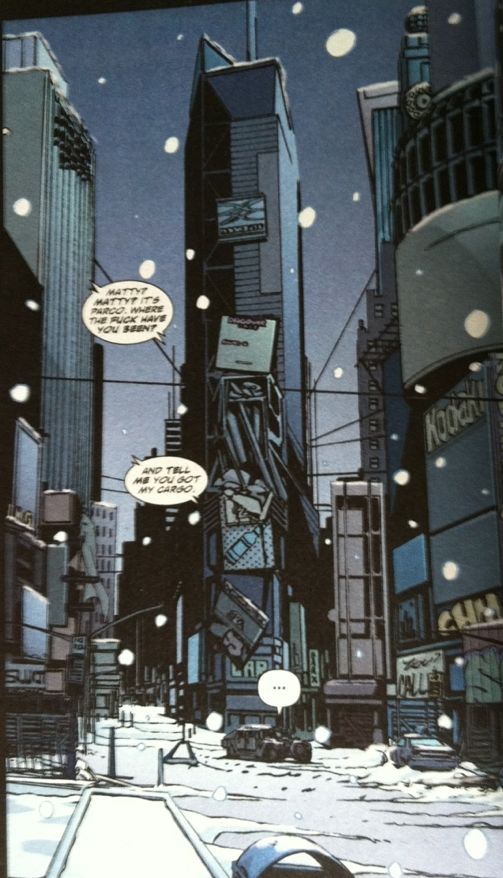

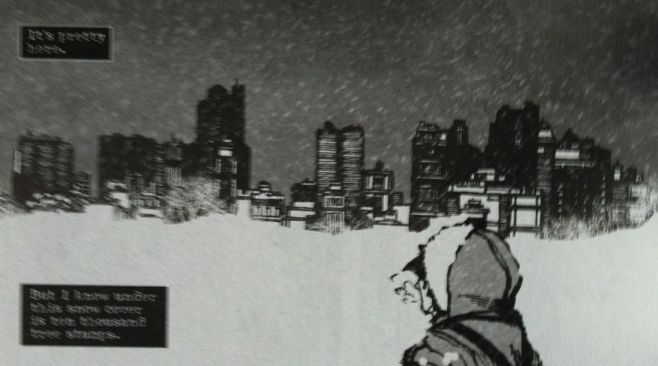



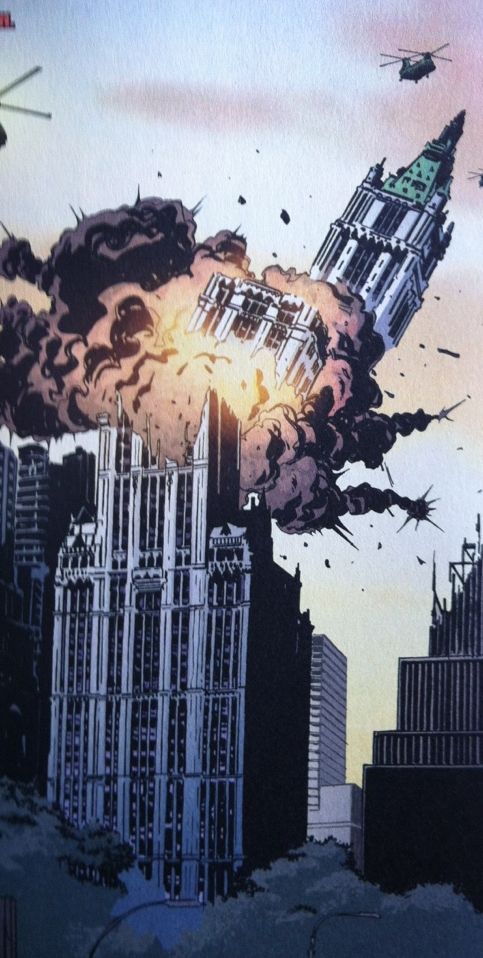

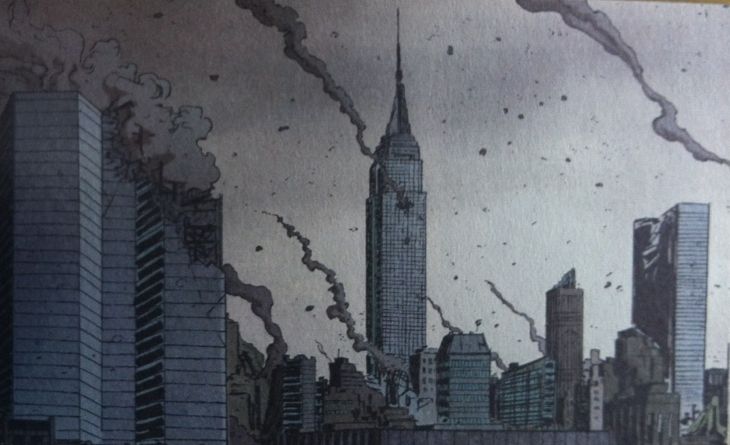
No comments:
Post a Comment